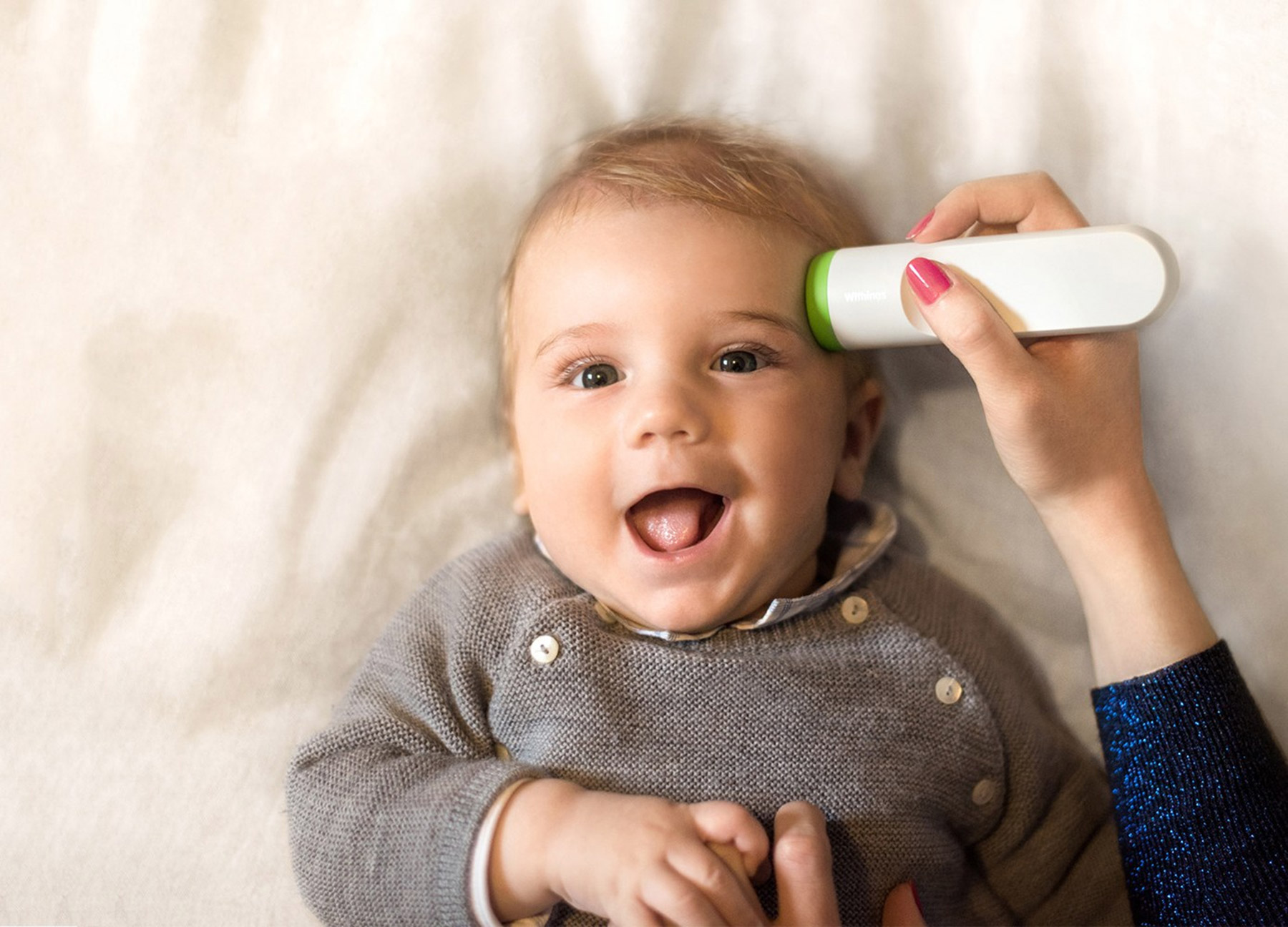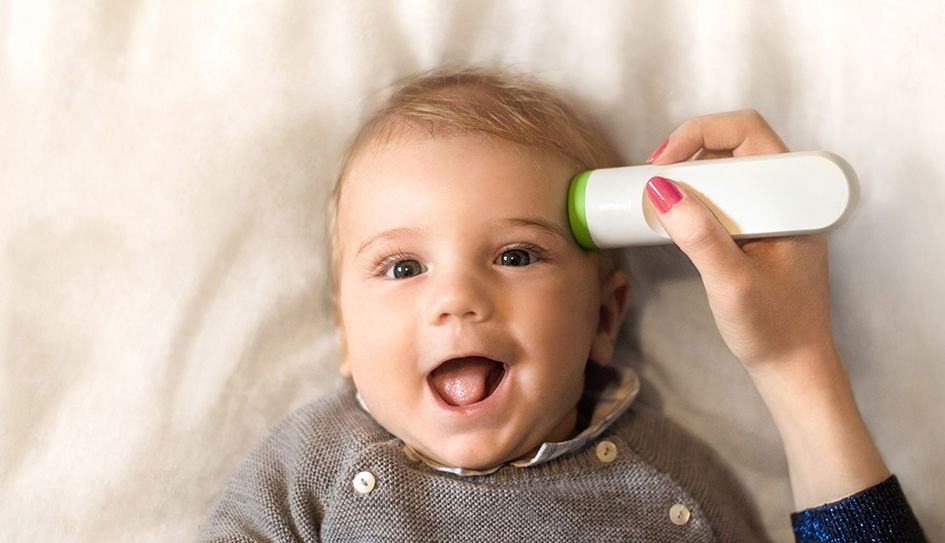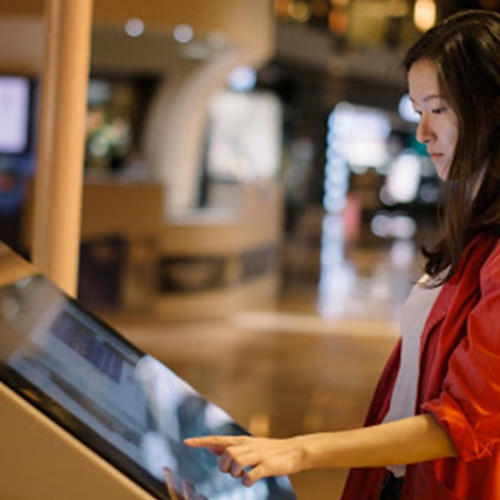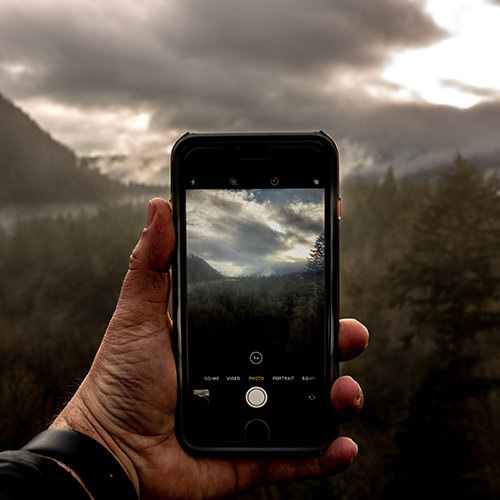Internet of Things (“IoT”) can be an alluring path for product innovation in the consumer space. Technologies such as Bluetooth, Wi-Fi, 4G, GSM, NFC, MQTT, or ZigBee may add a new utility to your product, but they won’t necessarily improve the product experience or provide additional value.
We look at IoT systems as three different segments: Industrial, Enterprise and Consumer. These systems do have commonalities: they exchange data, they enable services, they are fundamentally interconnected and are often built on the same hardware and software platforms. However, as it relates to product innovation, the three segments require unique perspectives.
Industrial IoT (IIoT) systems are typically in place to increase or create new operational efficiencies, reduce environmental impact and worker injury, and to provide manufacturers a differentiator through new services. For example, Airbus tracks parts using RFID to improve products, reduce cost and improve production capability.

Enterprise IoT is similar to Industrial as it relates to increasing efficiencies, creating new revenue streams and reducing operational costs but it differs in that it typically ends at the company or organizational level. An example would be W Hotel San Francisco implementing Verdigris’ energy management platform to help manage efficiencies in their commercial kitchen.
With Consumer IoT people buy connected products to improve health, provide greater convenience or as a source of entertainment. Tile has succeeded as a Consumer IoT device by first considering the human problem they wanted to solve: helping people locate valuable items. It was through the use of bluetooth, RFID and smartphone technology that they were able to create a device connected network and product experience that accomplished that goal.

It’s in the consumer IoT segment where we see parallels with digital product development trends from the 90’s and 2000’s where web and mobile technologies were prioritized ahead of understanding human factors. The role of product manager itself was undergoing a significant shift from being part of marketing to moving into technology or creating a new product organization entirely. This pushed people with backgrounds in marketing, sales and communications into product development where technical and design acumen were needed. Then, many companies were seeking a way to take advantage of the internet and mobile by creating applications without knowing what utility they served or place they occupied in the customer experience. Some were attempting to grab mindshare amongst new iPhone and Android mobile phone owners. Many of those web and app experiences fell flat as they merely attempted to mimic the content on a marketing or ecommerce site within a smaller screen. The outcome was a slew of mobile experiences that failed to acknowledge the unique contexts for mobile and the inherent power of the device itself. The rise of responsive design and design thinking as an important core competency and competitive advantage, coupled with the continued growth of smartphone adoption has led to a greater focus on mobile as a powerful utility, or extension of the overall digital experience. This took a decade plus but mobile is no longer a singular touchpoint, but rather interwoven throughout a customer’s physical and digital interactions with a brand.
Here we are again. By the looks of some of the products coming out of CES this year, product managers are hot for building connected products. Think of a product that has solved a problem for people for centuries: the hair brush, the diaper and the trash can. There is now a product development team building a wifi chip, biometric sensor or voice UI for it. In the rush to differentiate or grab early PR, product companies are back to thinking technology first. Before leveraging a new technology such as chatbots, talk to your customers to find out if your product is still meeting their needs. If a clear pattern or series of use cases arise that a wearable might solve, spend a few sprints on building a quick prototype and test it. The insights gathered will help you decide the level of risk on developing that product innovation further.
Discovering unsolved human problems in a market should be the catalyst for product innovation. Breast pumps have been the bane of many mothers for decades but Willow’s product liberates women from their AC outlets through a creative use of wireless technology and thoughtful design. Willow didn’t lead with Bluetooth or the app, they focused on solving the issues women have had with breast pump products for decades: lack of comfort, immobility and lack of dignity. The bluetooth connectivity and accompanying app extended the product experience and paved the way for another revenue stream but aren’t the focus.

For anyone who has had a sick child or been feverish themselves, taking a temperature can be a real challenge. Withings focused on designing Thermo, a connected thermometer that is not only accurate and less invasive but gives you the ability to show temperature trends to a doctor through the accompanying app.

These examples consider human problems that are both new and old. Their individual designs are human-centered and wield connected technology to further enhance the core physical product. Take away the app or internet connectivity and you still have an unobtrusive breast pump and a simple, accurate thermometer.
Keep focusing on the real problems your product is attempting to solve. Like the web and mobile paradigm shifts, designing connected products will offer plenty of lessons. Innovation isnt always a big leap forward using bleeding technology such as augmented reality, virtual reality, artificial intelligence, et al. Sometimes it’s a series of smart steps. Leverage technology when it can solve a new problem or truly enhance a product experience for your customers. Product innovation doesn’t have to mean asking your customers to pull out their smartphones.



